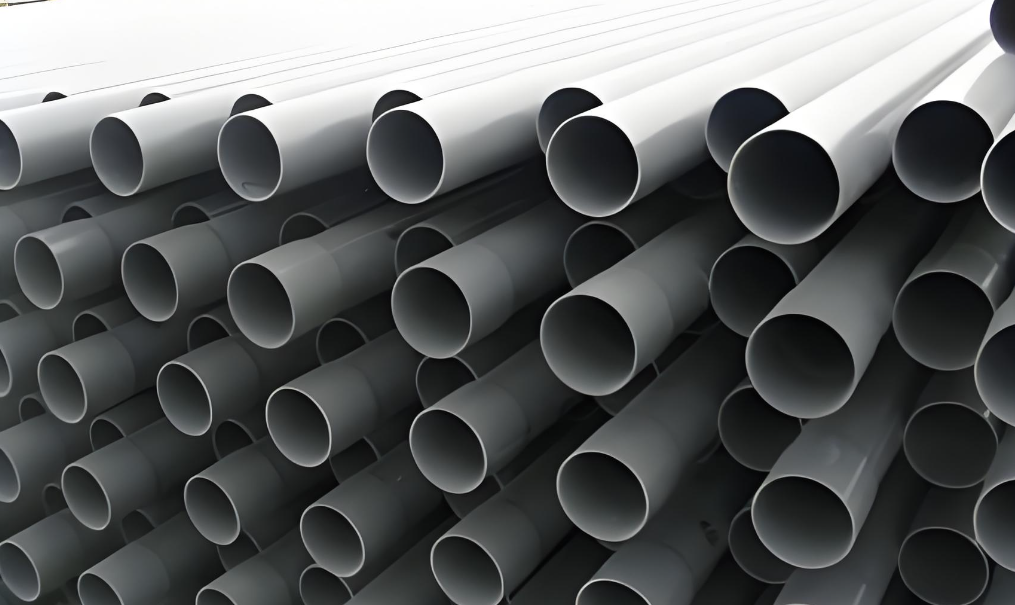
Load - Bearing Capacity and Burial Depth
The burial depth of PVC pipes is a crucial factor for their long - term performance. In general, deeper burial provides more protection from surface impacts and temperature fluctuations. However, it also increases the cost of installation. The recommended burial depth for PVC pipes in a typical residential or light - commercial drainage system is usually around 1.5 - 3 feet, depending on the pipe's diameter and the nature of the application. For water supply pipes, a deeper burial may be preferred to protect against freezing and physical damage.
When PVC pipes are installed underground, they must be able to withstand the loads exerted by the soil above them. The weight of the soil can vary depending on its type (e.g., sandy soil is generally lighter than clayey soil) and the depth of burial. PVC pipes have a certain load - bearing capacity, which is determined by factors such as their diameter, wall thickness, and material strength. For example, a thicker - walled PVC pipe can handle greater soil loads than a thinner - walled one.
In areas with heavy traffic or construction activities above the buried pipes, additional considerations are needed. The pipes may need to be installed at a greater depth or reinforced to withstand the dynamic loads from vehicles or machinery. The American Association of State Highway and Transportation Officials (AASHTO) provides guidelines for determining the appropriate burial depth and load - bearing requirements for underground pipes in such situations.
Soil Loads
Burial Depth Determination
Corrosion and Chemical Resistance in the Soil
Microbial activity in the soil can also affect PVC pipes. Some bacteria and fungi can produce substances that may have a corrosive or degrading effect on the pipes. Although PVC is generally resistant to microbial attack, in certain environments with high microbial populations and specific conditions, it's important to monitor for any signs of damage. For example, in a wetland area with a rich microbial community, the long - term performance of PVC pipes may need to be carefully evaluated.
PVC pipes are known for their resistance to corrosion, which is a significant advantage in underground applications. However, the chemical composition of the soil can still have an impact. Some soils may contain substances such as acids, alkalis, or salts that could potentially react with the PVC over time. For example, in areas with high salt content in the soil (such as coastal regions), the pipes need to be evaluated for their resistance to salt - induced degradation. The American Society for Testing and Materials (ASTM) has standards for testing the chemical resistance of PVC pipes in different soil conditions.
In industrial areas, the soil may be contaminated with various chemicals from previous or ongoing activities. In such cases, it's essential to ensure that the PVC pipes can withstand the specific chemicals present in the soil to prevent degradation and leaks.
Soil - Chemical Compatibility
Microbial Activity
Installation and Joint Integrity
The joints between PVC pipes are a critical point for underground applications. Solvent - cement joints are commonly used and must be made carefully to ensure a watertight seal. The surfaces of the pipe and the fitting should be clean, dry, and free of contaminants before applying the solvent - cement. After installation, it's important to inspect the joints for any signs of leakage or improper sealing. Non - destructive testing methods such as pressure testing can be used to check the integrity of the installed pipe system before backfilling the trench.
Proper trench preparation is vital for the successful installation of underground PVC pipes. The trench should be dug to the correct depth and width, with a stable base. A layer of sand or gravel at the bottom of the trench can provide a good bedding for the pipes, allowing for some flexibility and preventing damage from sharp rocks or uneven soil. The sides of the trench should also be sloped or shored up if necessary to prevent collapse during installation.
In addition, the trench should be free of debris and water. Standing water in the trench can make it difficult to install the pipes properly and may lead to problems such as floating of the pipes during backfilling.
Trench Preparation
Joint Sealing and Inspection
Copyright Reserved 2025 SHENZHEN CHINA PIPE SUPPLIES
Fuyuan building NO.460 FanShen Road BaoAn District SHENZHEN City, GUANGDONG Prov. CHINA 518000

 +8617727596190
+8617727596190